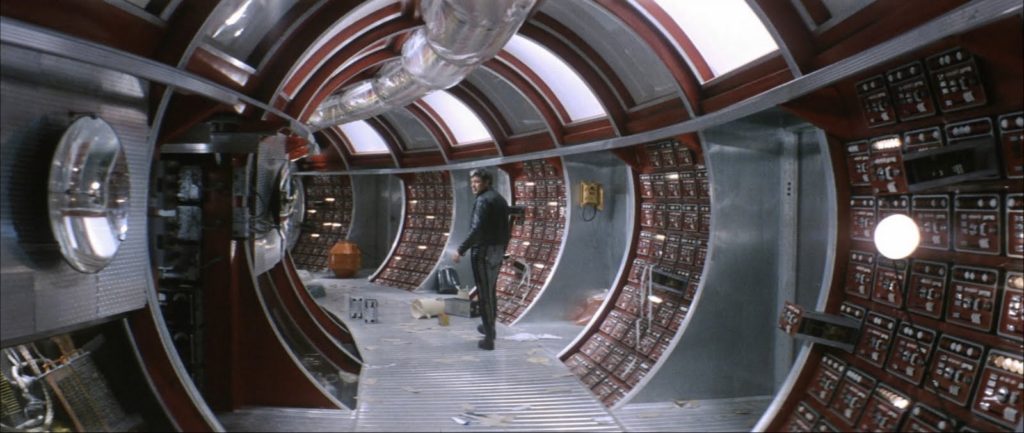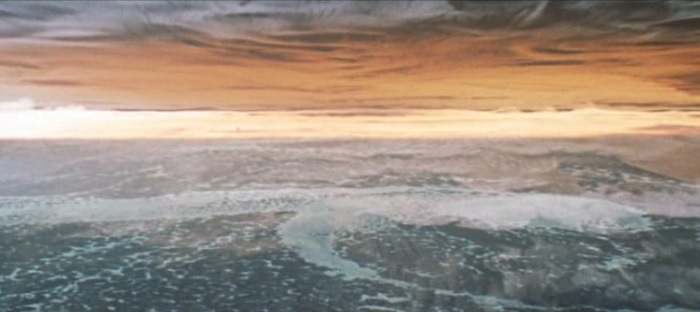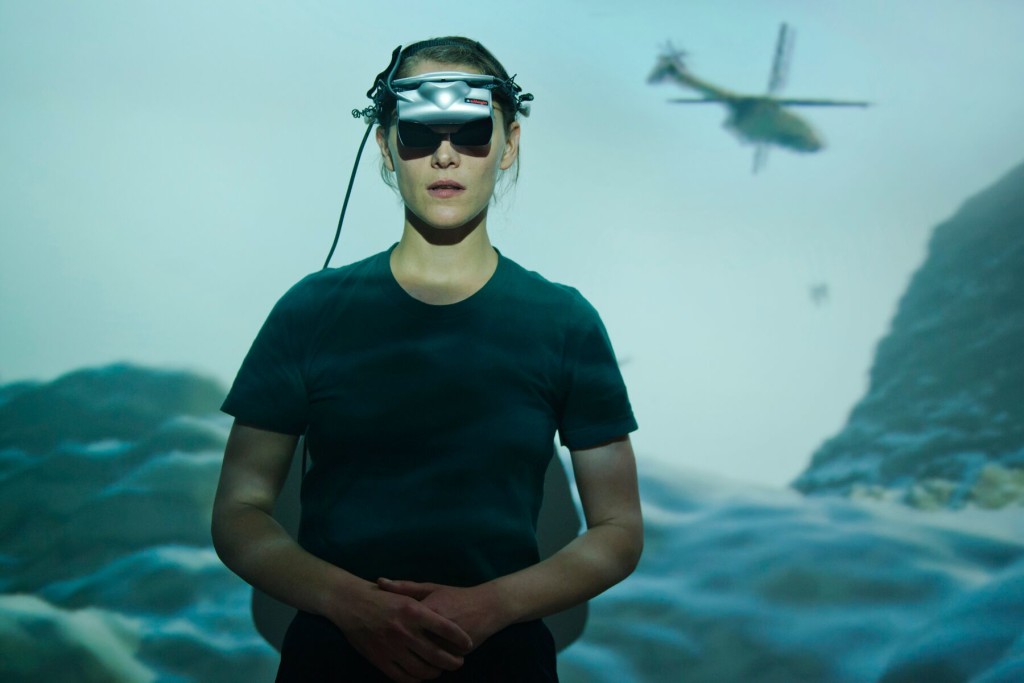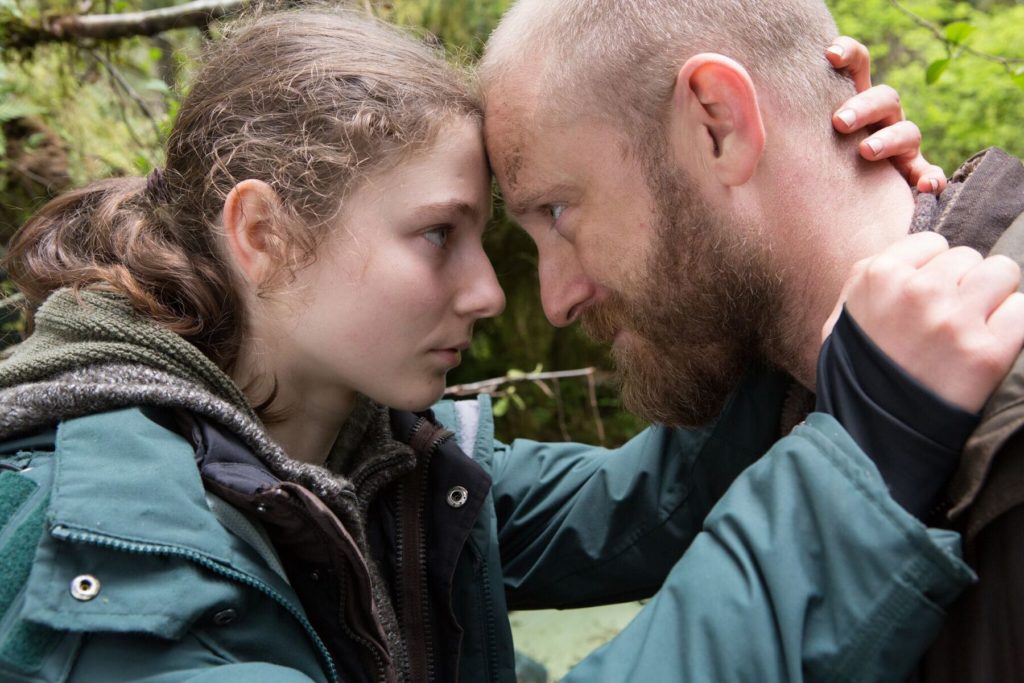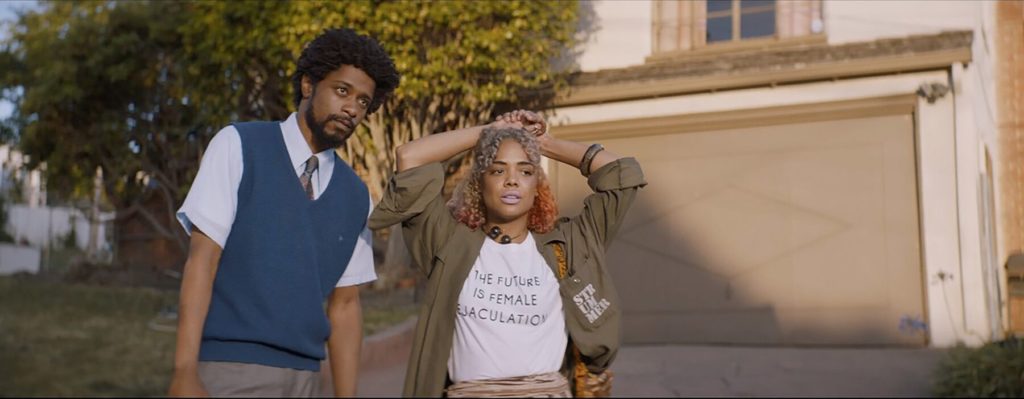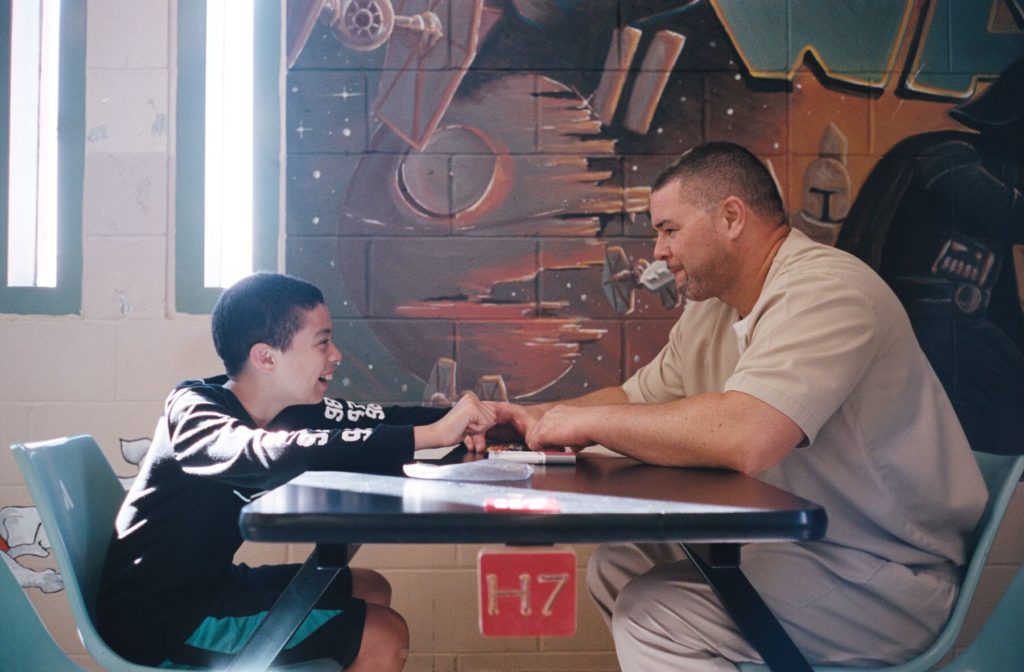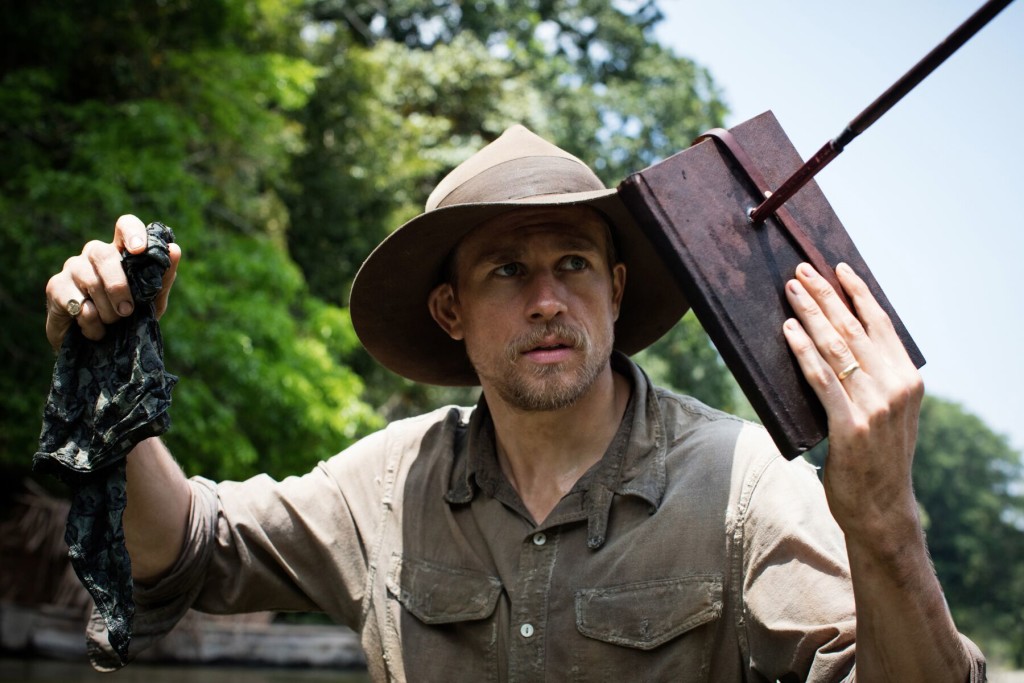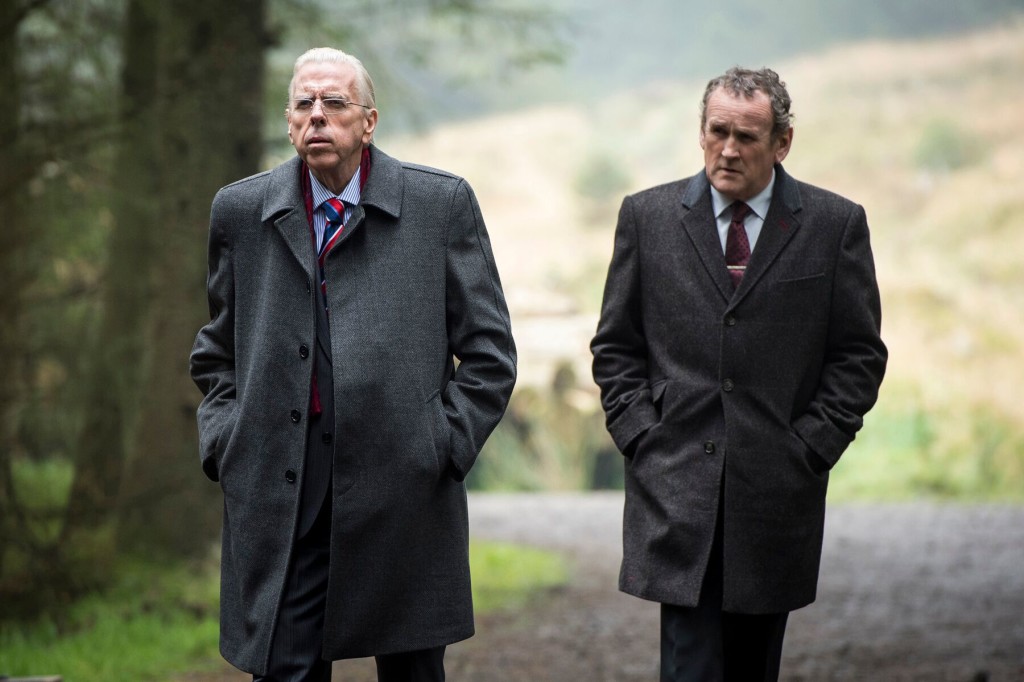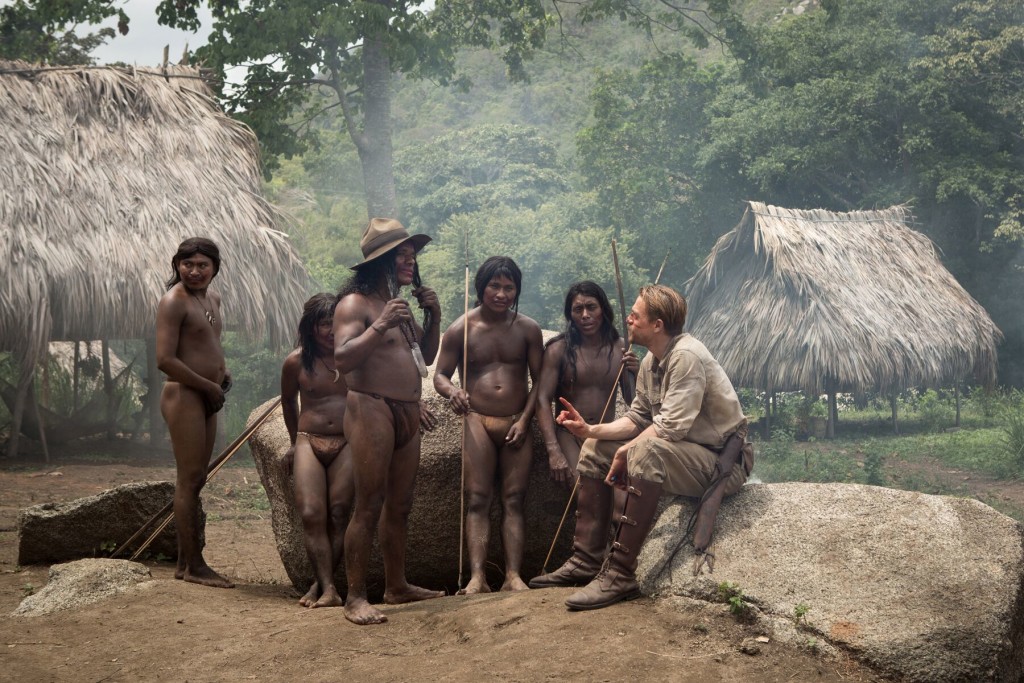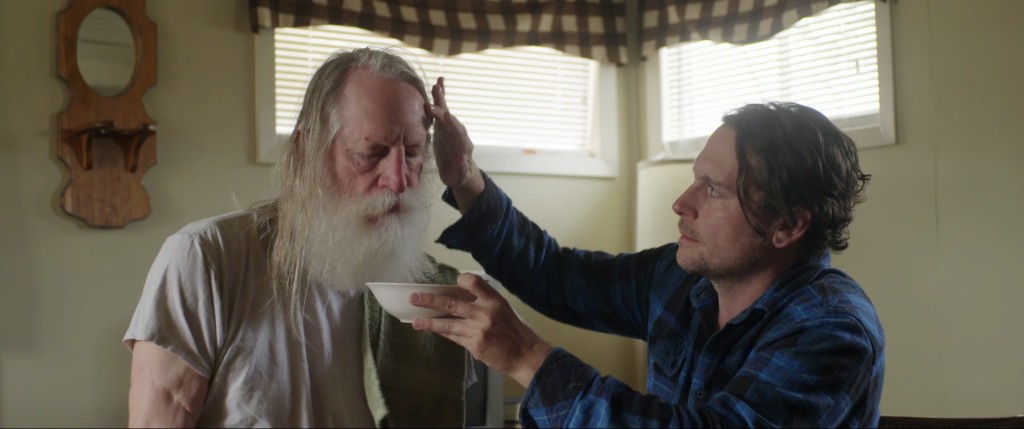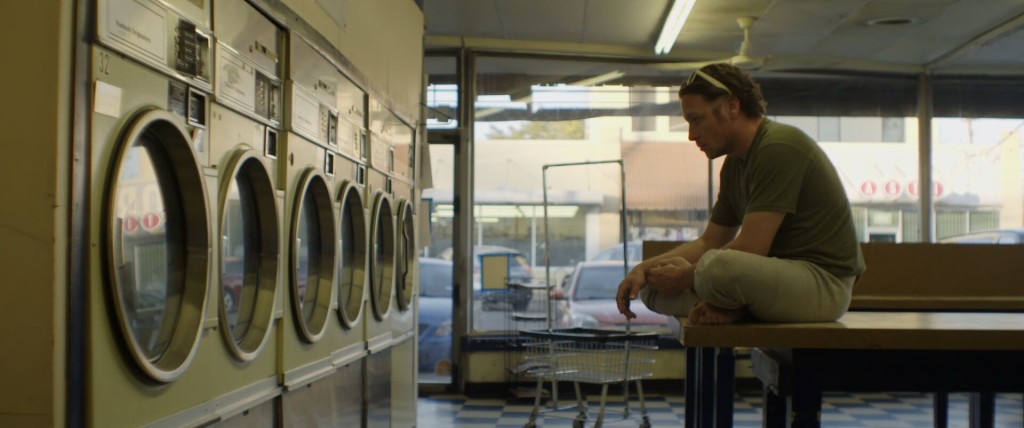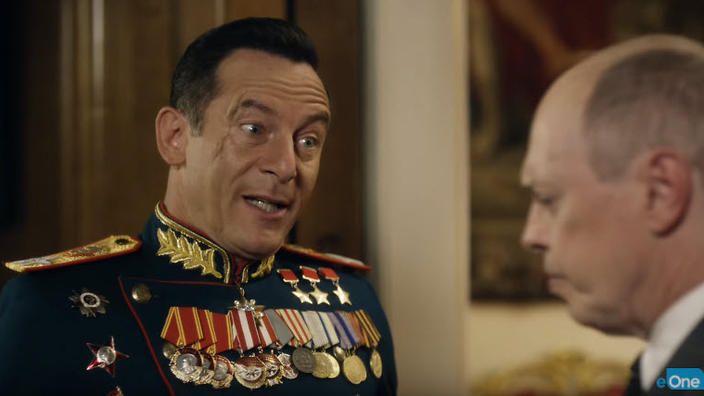
The San Francisco International Film Festival (SFFILM) closes on Tuesday. Here’s my festival preview.
OUT NOW
This week’s top picks:
- The wonderfully dark, dark comedy The Death of Stalin.
- Another dark comedy, this one about two teen girl sociopaths, Thoroughbreds.
- Outside In: Now on Netflix, this fine Lynn Shelton drama about a man returning to his community after 20 years in prison is an acting showcase for Kaitlin Dever (Justified), Jay Duplass (Transparent) and, especially, Edie Falco. Falco’s performance is stunning.
- I liked Al Pacino’s portrayal of Penn State football coach Joe Paterno as his storied career was killed by scandal in HBO’s Paterno.
ON VIDEO
This week’s video pick salutes the San Francisco International Film Festival, now underway. From last year’s SFFILMFestival, the topical French drama The Stopover explores the after-effects of combat in contemporary warfare. We also get a female lens on the acceptance of women in combat roles and on sexual assault in the military from the co-writer and co-directors, the sisters Delphine and Muriel Coulin. The Stopover is available to stream on iTunes.
ON TV
This week, Turner Classic Movies brings us a couple of curiosities. First, on April 14, is arguable the first on-screen CSI in Mystery Street (1950). In an era where police detective work seemed to be mostly sweating out confessions under bright lights, the investigator in Mystery Street uses the methods of forensic science. And he’s played by Ricardo Montalban, no less. The Czar of Noir, Eddie Muller will supply the intro and outro on this week’s Noir Alley.
And on April 15, TCM will air the sci-fi classic Solaris (1972), the masterpiece of Soviet director Andrei Tarkovsky. A psychologist, with that common Russian name of Kris Kelvin, is sent to check out a space mission orbiting the oceanic planet Solaris. He finds things ominously awry, with a suicide and suspiciously furtive behavior by the surviving crew. Then he is face-to-face with his own dead wife from Earth; and after he dispatches her into space, she reappears on the spacecraft. Things are seriously messed up.
Much of Solaris’ two hours and 47 minutes – watching this movie is a commitment – is trippy shots of the ocean planet, with waves breaking across its colored surface. Solaris is not so much an enjoyable art movie as it is a fascinating one. It won the Grand Prix at Cannes and is firmly placed in the sci-fi canon. Solaris is a must see for sci-fi fans [Note: This is NOT the inferior 2002 Steven Soderbergh remake.]
